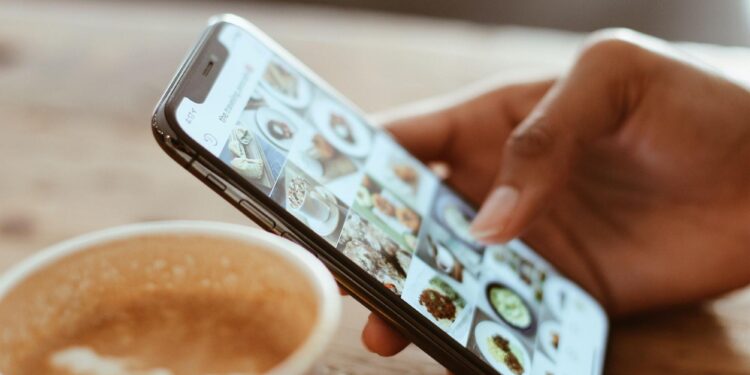Can You Get Hacked On Instagram By Opening A Photo
In today’s digital age, the question often arises, “Can you get hacked on Instagram by opening a photo?” It’s a fair concern given how integral social media has become in our daily lives. The truth is, while Instagram does have robust security measures in place, no platform is entirely immune to hackers. And yes, there are instances where hackers can exploit vulnerabilities and compromise your account.
Here’s where it gets tricky – while it might not be common for someone to get their account hacked merely by opening an image, other actions like clicking on suspicious links or downloading unverified content associated with that image could potentially put your account at risk. Therefore it’s crucial to understand the potential risks and how best to protect yourself from such threats.
So let’s dive into understanding just how these cybercriminals operate and more importantly – how you can safeguard your personal information. Stay aware of what you’re clicking and remain vigilant about protecting your data. Remember, knowledge is power when it comes to cybersecurity!
Understanding Instagram Hacks
Let’s dive into the world of Instagram hacks. It’s a topic that can be quite confusing, yet it’s crucial to grasp if you’re keen on preserving your online safety. The first thing I want to clarify is, yes, hacking attempts on Instagram do happen. And while they may not be as common as we fear, being informed is the best defense.
Now let’s address a concern you might have: Can you get hacked on Instagram by opening a photo? To put it simply, chances are slim. Instagram is designed with several layers of security measures preventing such direct breaches. However, nothing is impervious and hackers constantly find creative ways to exploit systems.
Take phishing scams for instance – these are cleverly disguised as legitimate messages or notifications but contain malicious links leading to fake login pages. By inputting your information there, you inadvertently hand over access to your account. Here’s where things become a bit scary – sometimes these scams come in the form of an image file sent via Direct Message (DM). When opened, they prompt an action from you that can compromise your account.
Another method hackers use involves making use of software vulnerabilities in the app itself or even in your device’s operating system. This type of hack doesn’t require any action from your end other than using an outdated version of the app or OS.
Being aware and informed about these potential threats helps greatly in protecting yourself against them:
- Be skeptical about unexpected DMs containing links or files
- Regularly update both your Instagram app and phone’s operating system
- Do not share sensitive information like passwords
Remember, staying safe online often involves a healthy dose of skepticism and keeping up-to-date with latest cybersecurity practices.

How Instagram Photos Can Be a Trap
Ever wondered, “Can you get hacked on Instagram just by opening a photo?” I’m here to tell you, unfortunately, yes. As we delve into the murky waters of cybersecurity and social media, it’s crucial to understand how this can happen. It all starts innocently enough – an unknown user sends you a photo in your DMs or tags you in a picture.
Now, let me tell you how hackers use these photos as traps. They embed malicious code within the image file itself. This code is designed to exploit vulnerabilities in Instagram’s software. When you open that seemingly harmless photo from a stranger or even someone who appears to be a friend, your device can become infected with malware.
Here are some alarming statistics:
| Year | Number of Hacked Accounts |
| 2018 | 20 million |
| 2019 | 25 million |
| 2020 | 35 million |
As these numbers reveal, hacking incidents on Instagram have been steadily rising over the years – and that includes attacks involving photos.
So what happens when malware makes its way onto your device? Well, it allows hackers access to personal information stored there – think passwords and financial data. In worst-case scenarios, they may even gain control over your device entirely.
It’s not all doom and gloom though! You can protect yourself against these threats by following good online hygiene practices:
- Don’t open photos from unfamiliar sources.
- Regularly update your apps.
- Use robust security software.
- Be cautious about who you interact with on social media platforms like Instagram.
Remember: The internet is full of opportunities for both connection and deception. Let’s make sure our exploration favors the former!














































































































